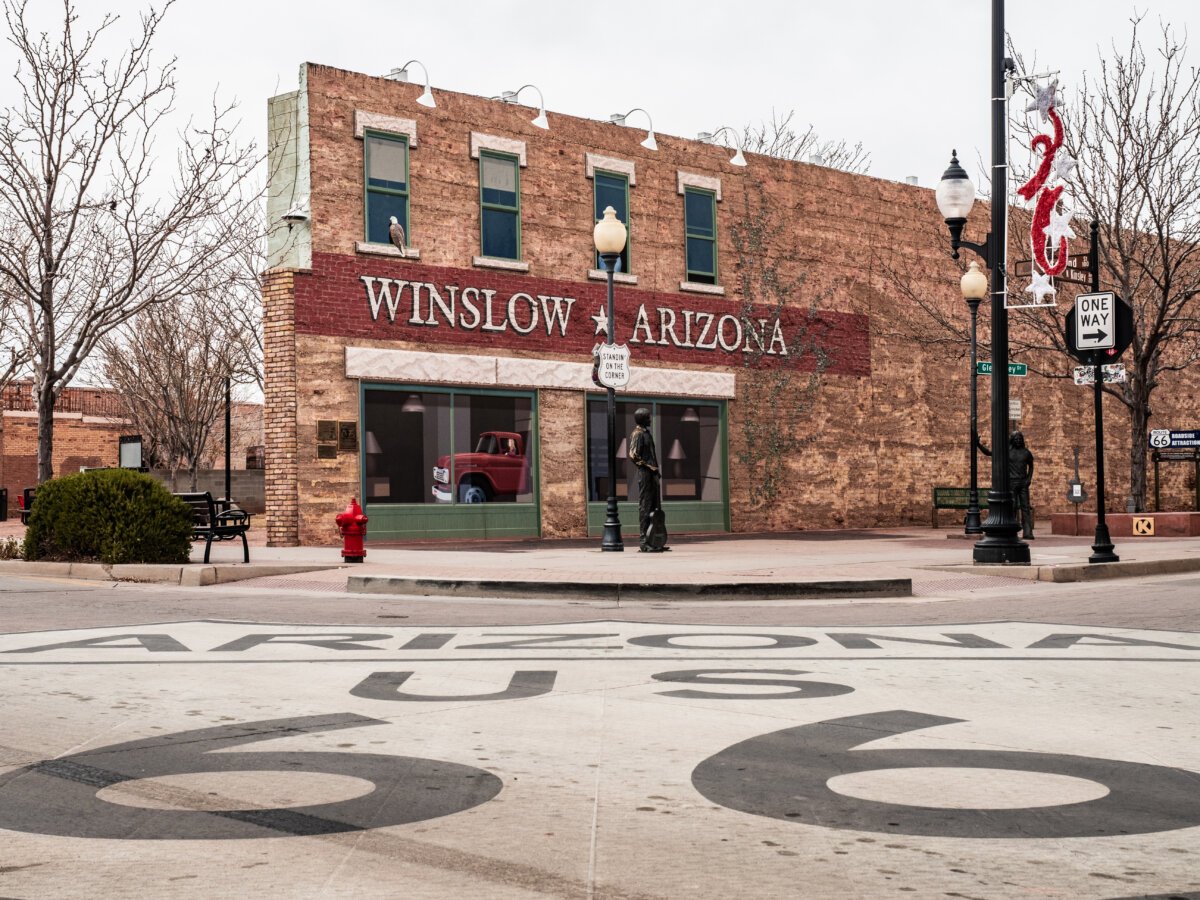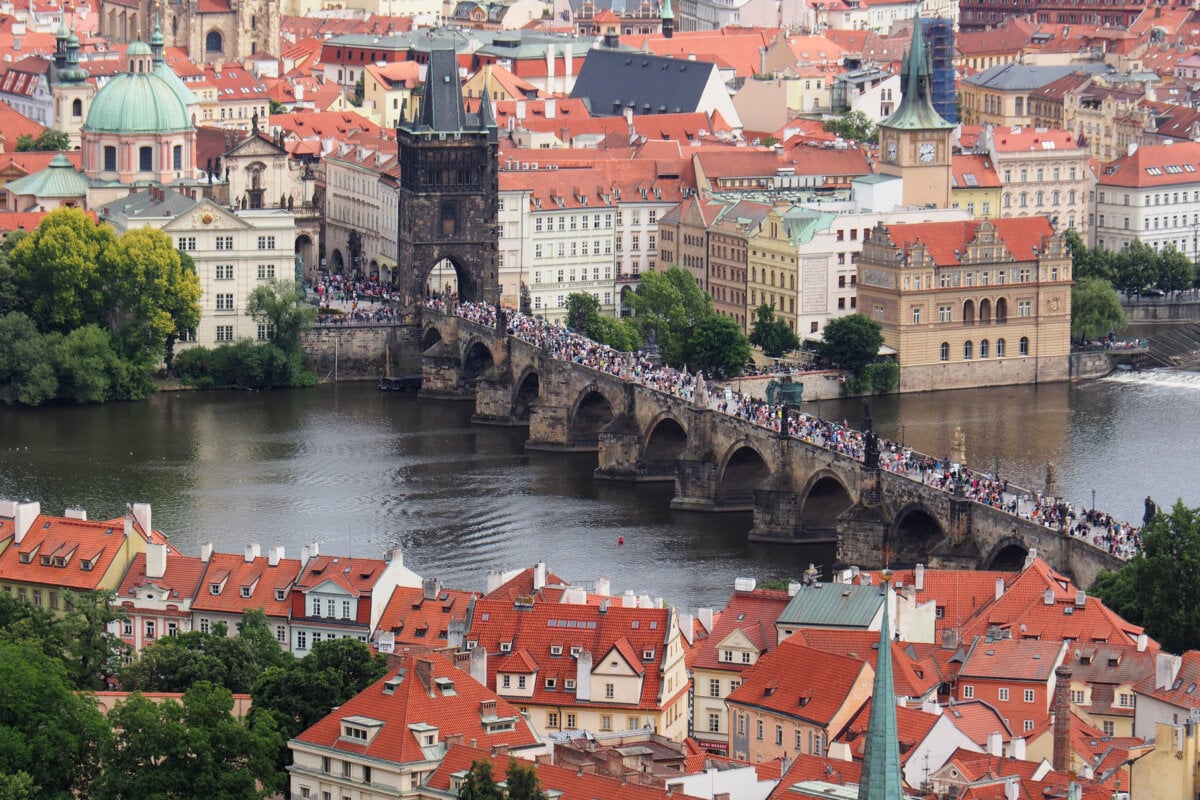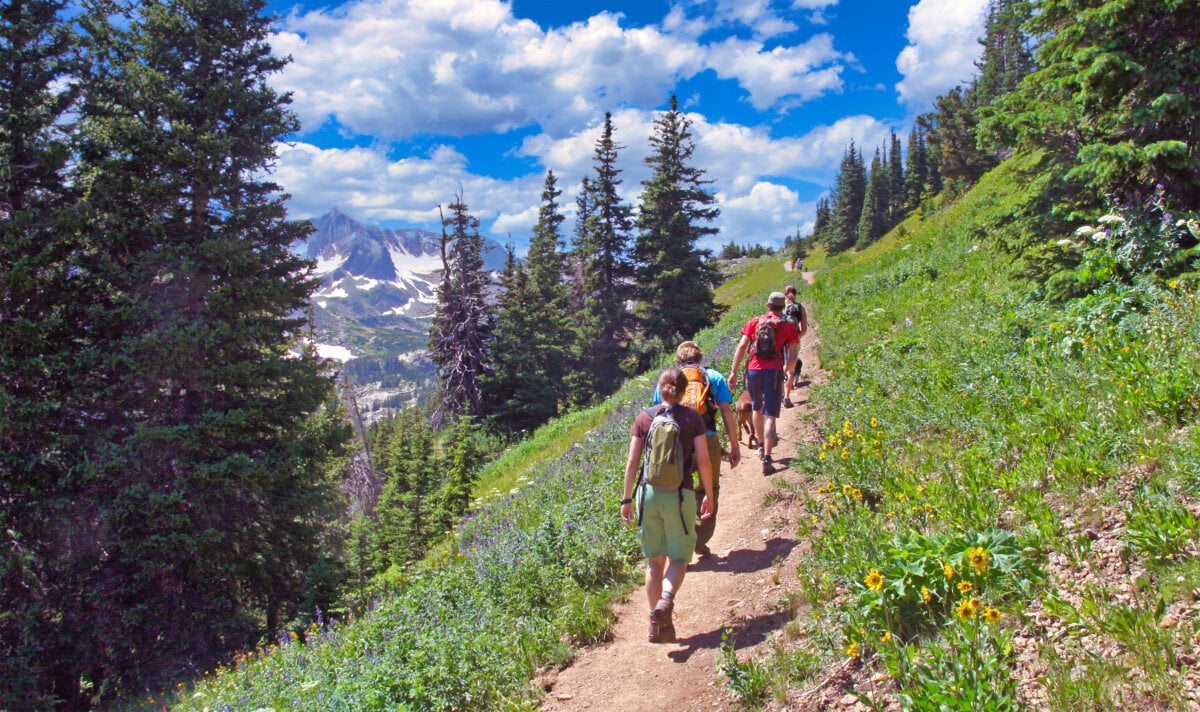Ever wondered why Route 66 is so famous? Route 66 holds a unique position in American pop culture and folklore, weaving itself into the fabric of the nation’s identity and international prestige. The historic route is a symbol of American wanderlust, personal freedom, and the pursuit of a better life.
The legacy of Route 66 is etched into the American consciousness with a timeless promise around the thrill of the open road. From the eponymous 1960s television series to the Rolling Stones covering the Bobby Troup classic to capture the spirit of rock and roll, US 66 remains part of American legend.
| Reason | Description |
|---|---|
| Historical significance | Route 66 was one of the first highways of the U.S. Highway System and has a rich history related to westward migration. |
| Cultural icon | Route 66 has been featured in numerous songs, novels, movies, and TV shows, making it a symbol of America’s road culture. |
| Scenic beauty | Route 66 covers diverse elements of American landscape, passing through deserts, mountains, farmland, and great plains. |
| Unique attractions | It’s known for its old roadside diners, motels, museums, tourist stops, and kitschy Americana which gives it a unique charm. |
| Symbolism | Route 66 has become a symbol of the freedom of the open road, opportunity, and the pioneering spirit of America. |
Route 66 History
Getting your kicks on Route 66 started in 1926 as part of the newly founded Numbered Highway System. The roadway’s purpose was to connect major cities and small towns across the US. Very quickly, the numbered highways became vital transportation arteries, Route 66 more than most because of how it connected Middle America and the West Coast.
The original starting point of Route 66 was in Chicago, Illinois. The historic route traveled through rural and urban communities, crossing Missouri, Kansas, Oklahoma, Texas, New Mexico, and Arizona before ending in Santa Monica, California. The highway was also known as “Will Rogers Highway” and the “Main Street of America.”
During the 1930 Dust Bowl and Great Depression, the highway served as an escape route to new opportunities with travelers moving east-west in search of jobs. The route supported a culture of roadhouses, mom-and-pop stores, cafes, and many gas stations that sprang up along the route.
Today, this iconic road trip is romanticized and offers travelers a look into classic Americana, from Chicago to the Pacific Coast in California. Interest in a Route 66 road trip emerged once more after the Pixar/Disney 2006 release of the popular movie Cars, partly inspired by the old Route 66 highway.
Despite its decommissioning, Route 66 remains a popular tourist destination with plenty of attractions drawing travelers who want to experience the nostalgia and history of the “Mother Road.”
Interesting Facts & Trivia About Route 66
1. It Was One Of America’s First Fully Funded Federal Roads

Route 66 was one of the first fully funded roads on the Federal Highway System. In the early 1900s, the United States was still largely a rural country, and transportation infrastructure was lacking. Route 66 was seen as a way to connect the Midwest, Southwest, and West Coast, making it easier for people and goods to travel across the country.
2. Its Popularity Helped Its Decommissioning
Route 66 was officially decommissioned in 1985. The highway’s popularity helped to raise awareness of its importance and the need for its improvement, the construction of bypasses, and the widening of lanes.
But with more awareness came larger crowds. As traffic volumes increased, Route 66 became worn, congested, and dangerous. The old, two-lane sections of road couldn’t handle the growing volume of traffic, and accidents became more frequent.
3. The National Park Service Plays a Role in Preserving Route 66

The National Park Service maintains the National Register of Historic Places, which consists of an exhaustive list of districts, sites, buildings, structures, and objects significant to American heritage. This includes Route 66.
Several landmarks and structures along the highway are listed. In 1999, the National Park Service established the Route 66 Corridor Preservation Program, which is solely focused on conserving and revitalizing the historic corridor.
4. Route 66 Passes Through 10 Protected American Public Lands

As well as countless unique roadside attractions, Route 66 also passes several nationally registered historical places, three national forests—Mark Twain National Forest, San Bernardino National Forest, and Kaibab National Forest—and one National Park—Petrified Forest National Park in Arizona.
Petrified Forest National Park is split between two sections: the Painted Desert and the Petrified Forest. In between the two, you’ll cross the original Route 66. It’s marked by a turnout, abandoned telephone lines, and a 1932 Studebaker brought in by the park service.
See Related: Essentials & Must Haves For Road Trips
5. John Steinbeck Didn’t Travel with Migrant Workers on Route 66
Contrary to popular belief, John Steinbeck did not travel the length of Route 66 with migrant workers to research The Grapes of Wrath. He did travel a section of Highway 66 in 1937 with his wife. This helped inform the story that has become one of the Great American novels.
6. The Highway Symbolizes Westward Expansion

The Mother Road’s original route in 1926 traveled a few blocks away from the St. Louis Arch’s current location. When the Arch’s construction began in 1963, the first adjustment was made for the road to pass close to the monument.
Route 66 and the Arch are both symbols of American westward expansion. The proximity of the two further solidifies the symbolic connection between the Arch and the spirit of the highway.
7. Route 66 contributed to Allied Success in World War II
A little-known part of the highway’s history is the crucial role it played in facilitating troop movement during World War II. As the main artery connecting the Midwest, Southwest, and West, the roadway helped with the mobilization and deployment of American forces.
The infrastructure proved invaluable for efficient connection between military bases, transferring convoys, and moving goods and materials between industrial centers and military installations. That’s another reason the highway exudes pure American spirit.
8. Entrepreneurial Spirit Changed the American Landscape

In a sense, Route 66 gave rise to the roadside attraction. As the highway became a major transportation artery, travelers presented an opportunity for roadside businesses to attract attention. Business owners recognized the potential to capitalize on the growing tourist traffic with the rise of the car, the road trip, and the transitioning American travel experience.
And so the spirit of entrepreneurialism persisted in creative and unconventional approaches to attracting visitors. Even if the highway was not the start of quirky art installations or tourist gimmicks, over time, it became synonymous with the roadside attraction.
9. The Road Has Its Own Festival

The Route 66 Festival is an annual event held in various towns along the highway. The official start of the festival is debated, but the first documented festival took place in 1991 in Springfield, Illinois, before more coordinated events emerged.
The festival celebrates all things Route 66, including the route’s history, culture, and quintessential roadside attractions. Find classic cars listening in the sunlight, enjoy traditional American food, and take part in activities that represent the spirit of the open road.
See Related: Best Family Road Trips in the US
10. Fast Food Started on Route 66

Route 66 exemplifies the importance of the car in American culture, and with the freedom of movement came the desire to move fast, and that meant eating fast. Along the highway, business owners experimented with new concepts, such as drive-thru restaurants and self-service dining.
These ideas catered to the needs of time-crunched travelers, such as traveling salesmen following the route east and west. Businesses like Red’s Giant Hamburger in Springfield, Missouri, and the original McDonald’s in San Bernadino exemplify the changing landscape of American food culture.
11. It Takes Almost 40 Hours to Travel Route 66 With No Stops

According to Route66RoadTrip, it takes between 32-38 hours to travel the entirety of Route 66 from Chicago, Illinois, to Los Angeles, California. That time does not account for pit stops or visiting any of the scenic and unique cultural attractions when traveling the national scenic byways. It’s recommended to spend at least a week traveling the route.
Many sections along Route 66’s original course are no longer drivable, with detours connected to the current interstate highway system. But with a little planning, you can still travel the scenic byways to the Grand Canyon, or take the panoramic and popular route through Santa Fe, and get your kicks with Nat King Cole along the way.
Speaking of music…
12. The Rolling Stones Traveled Route 66 on Tour
The most famous version of the Bobby Troup blues hit (Get Your Kicks On) Route 66 was recorded by The Rolling Stones in 1964. In actual fact, they traveled Route 66 during their 1964 tour. Their manager suggested the route as a way to experience the American heartland.
The band traveled from Chicago to St. Louis, through Tulsa and Amarillo, and stopped in Albuquerque. The journey is said to have connected the Rolling Stones with the legacy of American adventure and the spirit of the open road and likely helped the Stones give it their all in the recording studio.
To this day, it’s still the most popular version of the song. While the Stones have more hits than we can count, it’s still one of their most iconic numbers.
See Related: An Epic Minnesota to California Road Trip Itinerary
Historic Route 66 Road Trip Itinerary

So how about your own, non-Pixar, non-Dust Bowl road trip? The journey begins at Route 66 Shield near Grant Park in downtown Chicago. As you head west, follow the Route 66 attractions, state by state, until you reach the Pacific coast.
| Day | Activity | Location |
|---|---|---|
| 1 | Start your journey at Route 66 Shield near Grant Park in downtown Chicago. | Chicago, Illinois |
| 1 | Drive west along Route 66 and stop at the Old Log Cabin Inn for a plate of fried chicken and homemade rhubarb pie. | Pontiac, Illinois |
| 1 | Visit Henry’s Rabbit Ranch and meet the rabbit wrangler, Rich Henry. | Staunton, Illinois |
| 1 | Spend the night at The Wagon Wheel Motel or The Blue Swallow Motel. | Cuba, Missouri |
| 2 | Stop at the restored Cars on the Route service station and meet Tow Tater, the 1951 boom truck that inspired Tow Mater in Cars. | Galena, Kansas |
| 2 | Visit the Cadillac Ranch, a quirky roadside art installation featuring a row of Cadillacs buried nose-down in the ground. Stay in Amarillo. | Amarillo, Texas |
| 3 | Visit Petrified Forest National Park to see the Painted Desert, historic structures, and 250-million-year-old trees. | Petrified Forest National Park, Arizona |
| 3 | Stop in Winslow, Arizona, for the Standin’ On The Corner Monument and a great burger at Relic Road Brewing Company. Spend the night in Winslow or in Flagstaff. | Winslow, Arizona |
| 4 | Drive through the Mojave Desert, see Lake Havasu, and end your trip in San Bernardino. | Los Angeles, California |
Related Resources
- About the Author
- Latest Posts
Douglas Weissman is an acclaimed travel writer, known for his gripping storytelling and uncanny ability to transport readers to the places he explores. Hailing from Simi Valley, CA, Douglas has journeyed through continents and cultures, from the lush landscapes of South Africa to the bustling streets of India. He offers readers an intimate view of the world, built upon his extensive experience in luxury travel, adventure tours, family vacations, and more.
His contributions to the field of travel literature have been widely recognized. He finished second in the Imustbeoff Travel writing competition and was featured as a storyteller on the Fit For Joy Podcast. His expertise was also utilized in BestLife’s article on preserving travel memories, revealing his commitment to not just experiencing the world, but encouraging others to immortalize their adventures.
We take pride in providing authentic travel recommendations based on our own experiences. We may earn a commission when you purchase a product or book a reservation. Learn more ›




